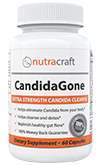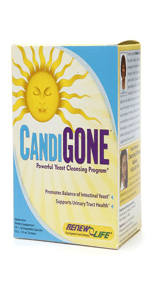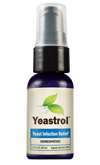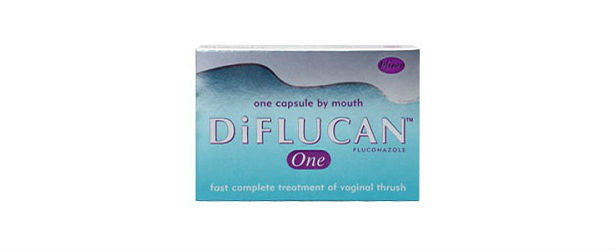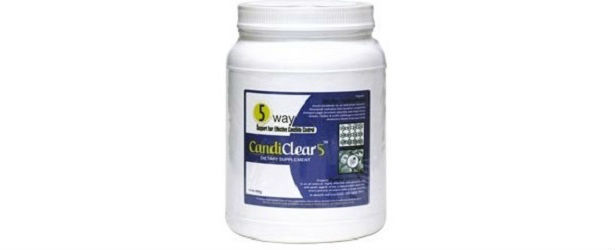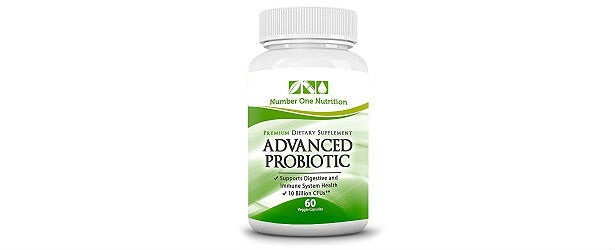
Children and Candida
Even newborn babies have immune systems, only they are not yet fully functional. The mother passes on the immune system during pregnancy. As the baby ages this initial immune system weakens, while the permanent immunity sets in during the breastfeeding period. If breastfeeding is not possible, pediatricians may recommend infant formulas (milk) to replace mother’s milk.
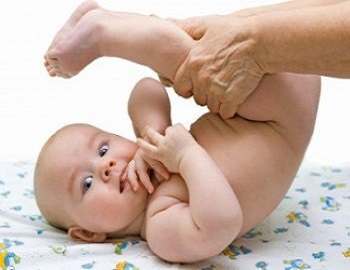 Normally, if the child’s immune system is well developed, infections are rare but they are still not exempt from developing yeast overgrowth or getting yeast infection. How is this possible? Yeast infection may occur with babies, especially in the lower back areas where diapers usually cover it. If the guardian or parent of the baby does not monitor and change the diaper in a timely fashion, diaper rash may appear.
Normally, if the child’s immune system is well developed, infections are rare but they are still not exempt from developing yeast overgrowth or getting yeast infection. How is this possible? Yeast infection may occur with babies, especially in the lower back areas where diapers usually cover it. If the guardian or parent of the baby does not monitor and change the diaper in a timely fashion, diaper rash may appear.
Candida
Candida is a type of yeast that thrives in warm, moist, dark body parts. Infants are commonly the target of yeast infection due to a few factors. They often wear diapers or cloths since they cannot wear underwear yet and because they cannot control urinate yet, the wet diapers or cloth are perfect triggers for yeast infection or yeast overgrowth.
Both men and women can be infected by yeast; women often have yeast overgrowth in the vaginal area, while men often have yeast overgrowth in the groin and the surrounding area. No matter where the yeast infection occurs, it must be treated immediately in order to make sure that the yeast infection does not spread to somewhere else in the body.
If there is a yeast infection in the body, then there is also a chance that yeast overgrowth may also occur anywhere else in the body. This may also be an indication of other health issues, particularly the overall immune system. That is why it is important to get the correct diagnosis of the main cause of the infection aside from simply treating the yeast infection alone. After getting the right diagnosis, the doctor must choose the most appropriate treatment in order to prevent the spread of yeast infection to other body parts such as internal organs.
Ways to Prevent Yeast Infection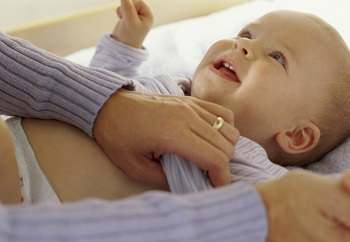
When it comes to yeast infection as for all other types of diseases, preventive care is way better than the cure, especially for infants. Babies do not have any control of their environment, and that is why it is important to monitor them constantly to ensure that their clothes are clean and dry to prevent accumulation of moisture on the skin.
This advice goes for adults as well; as mentioned, yeast infection does not have any age preference. It can affect anyone, anytime. Do not leave any chance for yeast to infest the body and at any part of the household. Dispose of moist trash properly, sealed and segregated. Personal hygiene is very important as well because candida or yeast infection can easily spread.
Make sure that the skin is toweled and dry after taking a bath or after perspiring. Wash hands thoroughly before and after skin contact. When cleaning or washing clothes, add a few ounces of vinegar to the water to help disinfect the clothes from bacteria, viruses, and yeast. Drying the skin is just as important as drying the clothes after washing, and it is better to dry with the heat of the sun rather than relying on dryers. Cleaning the bed sheets is also important since yeast can also infest dirty and moist filled textiles especially from bedwetting. Make sure that routines for cleanliness are followed. This will diminish the chance that yeast will survive to infest the household or the body.
TOP 5
YEAST INFECTIONTreatments |
|||||
| YeastClear | Candida Gone | Vagi-Soothe | CandiGONE | Yeastrol | |
|---|---|---|---|---|---|
| 1 | 2 | 3 | 4 | 5 | |
| Price (1 bottle) Price (6 bottles) Best Value |
$49.95 $139.70 |
$39.95 $239.70 |
$39.95 $239.70 |
$34.19 $295.14 |
$29.95 $179.70 |
| Overall Rating | 99.3% | 77% | 72.5% | 63.2% | 61.5% |
| Performance* |





|





|





|





|





|
| Speed of Results* | Extremely Fast | Good | Average | Slow | Slow |
| Quality of Ingredients | Premium | Good | Average | Average | Average |
| Customer Satisfaction Evaluation | 99.4% | 76.5% | 74.2% | 67.1% | 60.5% |
| Safety Evaluation | Safe for Use | Safe for Use | Safe for Use | Safe for Use | Safe for Use |
| Customer Service Rating |





|





|





|





|





|
| Reorder Rate | Highest | Good | Good | Average | Average |
| Return Policy | Risk Free | Unopened | Good | Risk Free | Unopened |
| Success Rate | 99.6% | 78.3% | 74% | 71.1% | 68.5% |

 Subscribe Now
Subscribe Now
